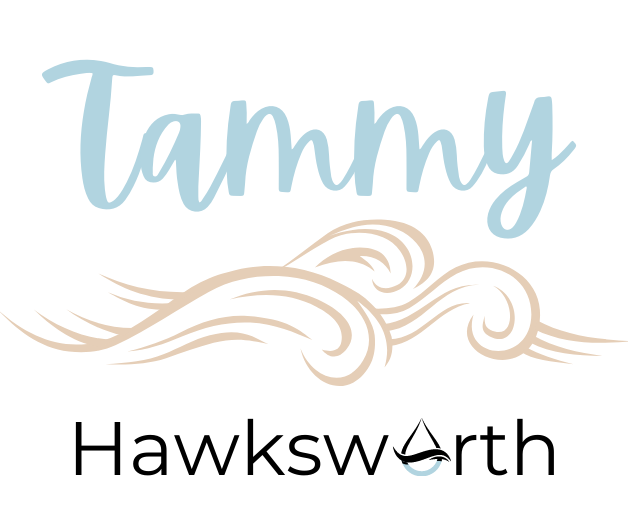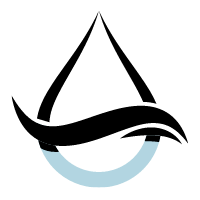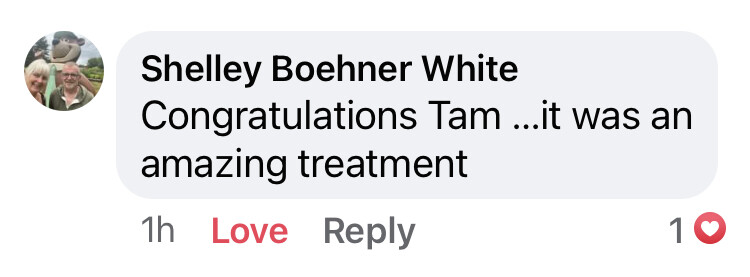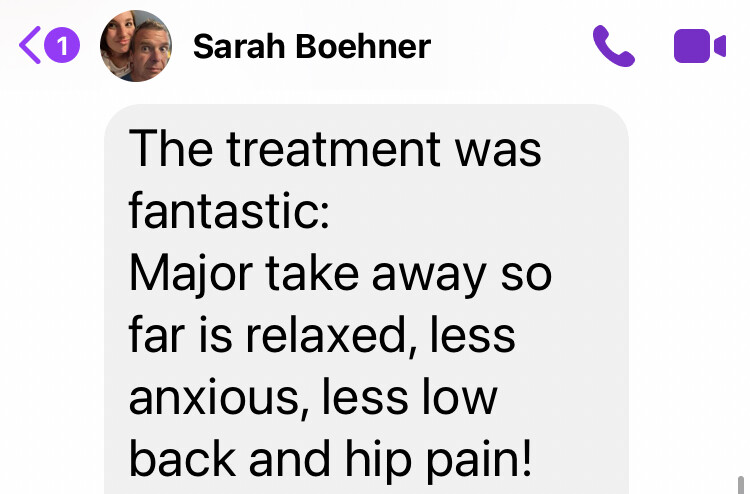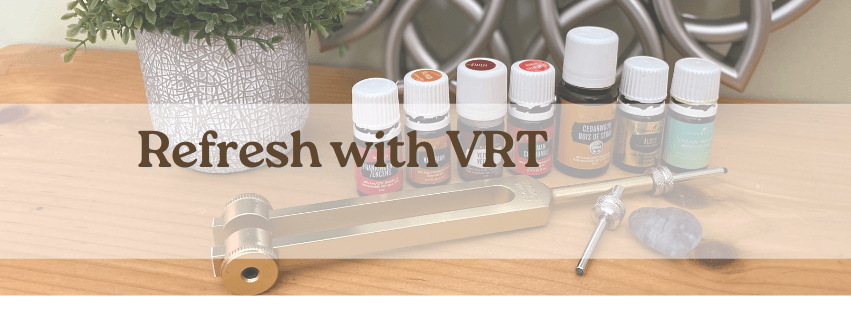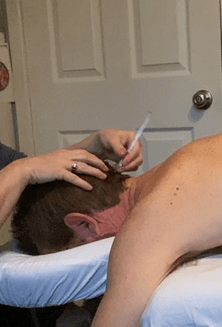
What is VRT?
VRT or Vibrational Reconnect Technique, an advanced form of Raindrop, is used to balance and reconnect your nervous system with precision vibrational energy and specific essential oils.
This technique developed by D. Gary Young has been shown to have profound effects for self healing- in particular with Parkinson's. However has also been shown to be beneficial for self supporting for other neurological disorders, depression, sustained stress disorders, mental and other physical health concerns, including traumatic disorders.
Oils are applied along occipital ridge and upper spine and then vibrational energy with a tuning forks or color lights, helps "Re-Boot" your brain & nervous system
Oils are applied along occipital ridge and upper spine and then vibrational energy with a tuning forks or color lights, helps "Re-Boot" your brain & nervous system
This technique promotes calm, balance and connection between mind and body.
Perfect for those seeking renewed mind, body connection.
Perfect for those seeking renewed mind, body connection.
Ready for your Brain Boost?
CLASSIC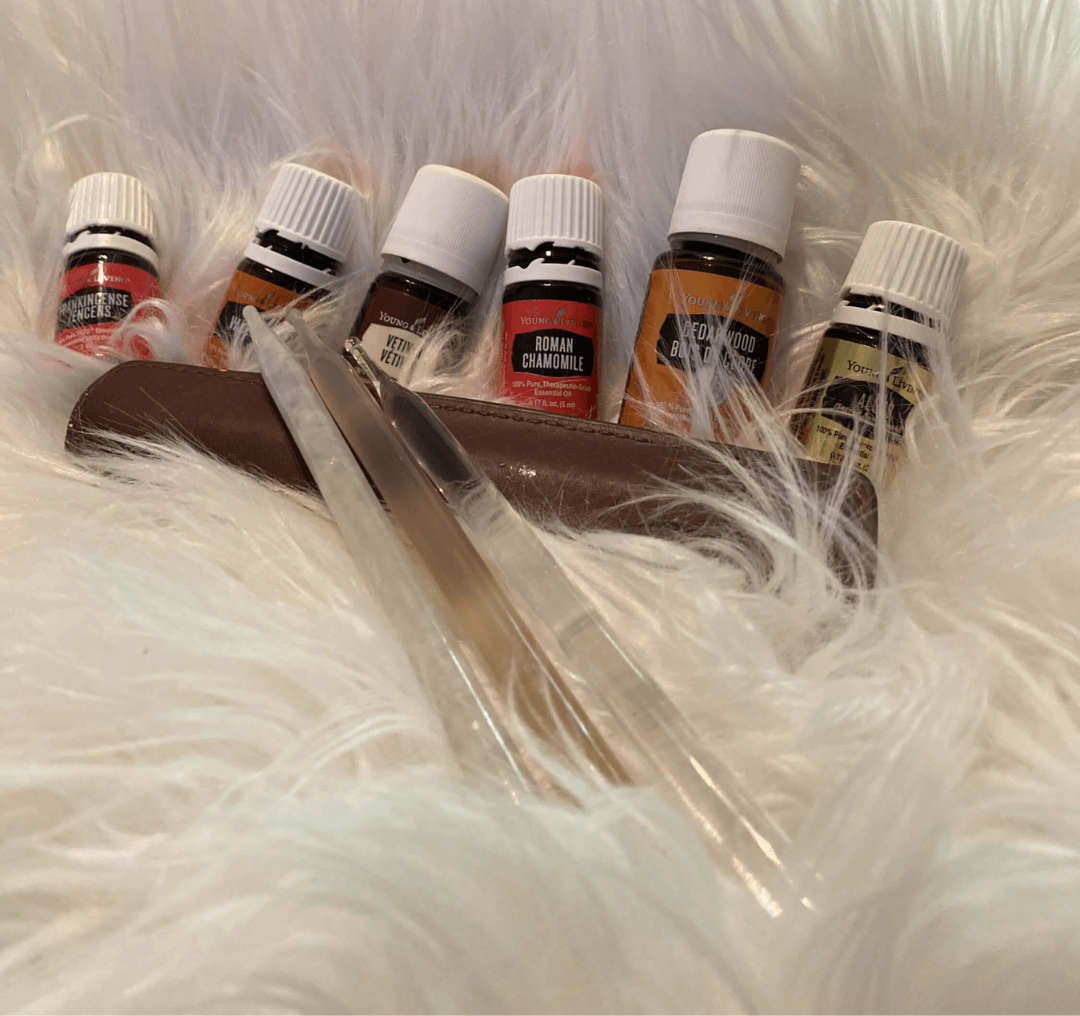

Feel your reconnection happen as oils and
manual activation give your brain & nervous system
a "Re-Boot" bridging the gap between your mind
and your body.
VIBRATIONAL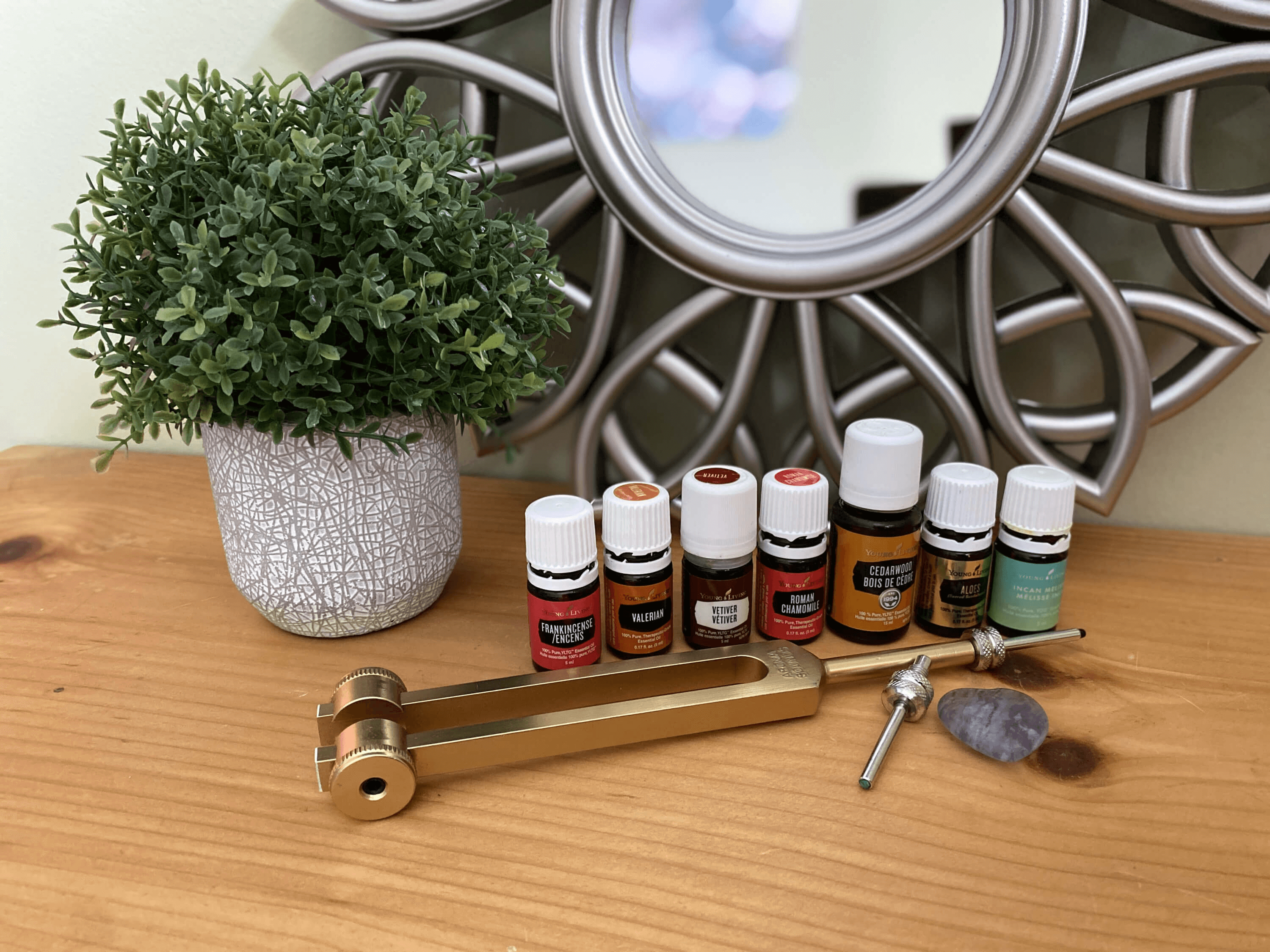

Give your brain & nervous system "Re-Boot"
an added boost by adding in vibrational energy.
This could be with tuning fork or color light.
This could be with tuning fork or color light.
Are your ready to know what to do,
and do what you know?
VRT for awakening your nervous system
- Stress and tension causing create disharmony between what we think and what we do
- VRT helps restore harmonious connection
- Was originally designed to help those with disconnection between brain and body (Parkinson's)
- Reestablish brain body connection for clear communication between the brain and body signals
- Feeling emotionally drained with nothing left to give?
- This may be the "Re-Boot" you require
Ready to know what to do and do what you know?
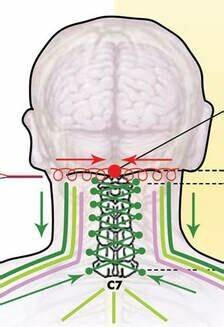
Benefits of Essential Oils used for VRT
Experience the power of pure, therapeutic-grade essential oils skillfully applied to bring harmony and connection to brain and your body.
Experience the power of pure, therapeutic-grade essential oils skillfully applied to bring harmony and connection to brain and your body.
Each oil in the VRT has been carefully selected to support your nervous system reconnection.
* Alternate Oil options may include: Stress Away, Tranquil, Kidpower, Brain Power, Clarity, Geneyus, Deep Relief or other brain supporting oils
FRANKINCENSE
For balancing and grounding
Valerian
For oxygenation of brain and ganglia. For deleting misinformation on cellular level.
VETIVER
For oxygenation of brain and ganglia. For deleting misinformation on cellular level.
CEDARWOOD
For oxygenation of brain and ganglia. For deleting misinformation on cellular level.
Check out what clients are saying...
What you can expect
Besides Your Improved Mind Body connection
- Session Length: 45 -60 minutes( you rest at the end with a warm compress over your spine~ this time varies from person to person)
- Experience: Essential oils are gently applied along your occipital ridge and down the upper part of your spine. Then either an auricular probe or auricular tipped tuning fork will be used to activate the ganglia and nerve junction, then will be followed by gentle pulling on occipital ridge( my clients enjoy this part the best)
- Aftercare: Hydration and rest recommended after the session. To make the most from your experience, where possible, allow yourself time for rest and discovery post session.
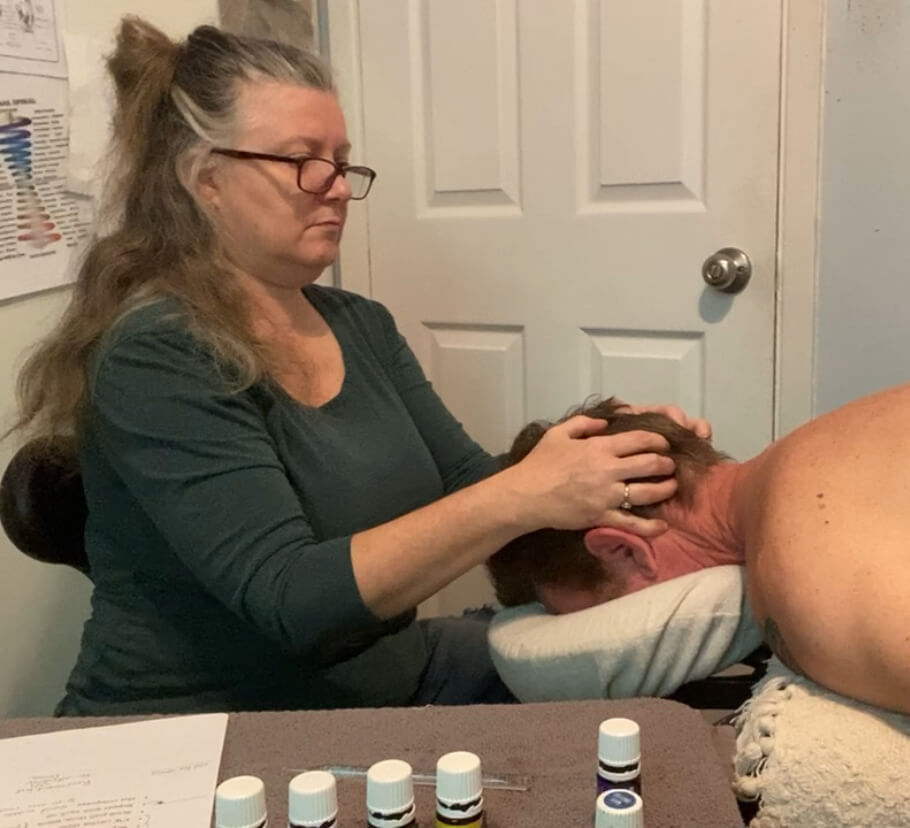
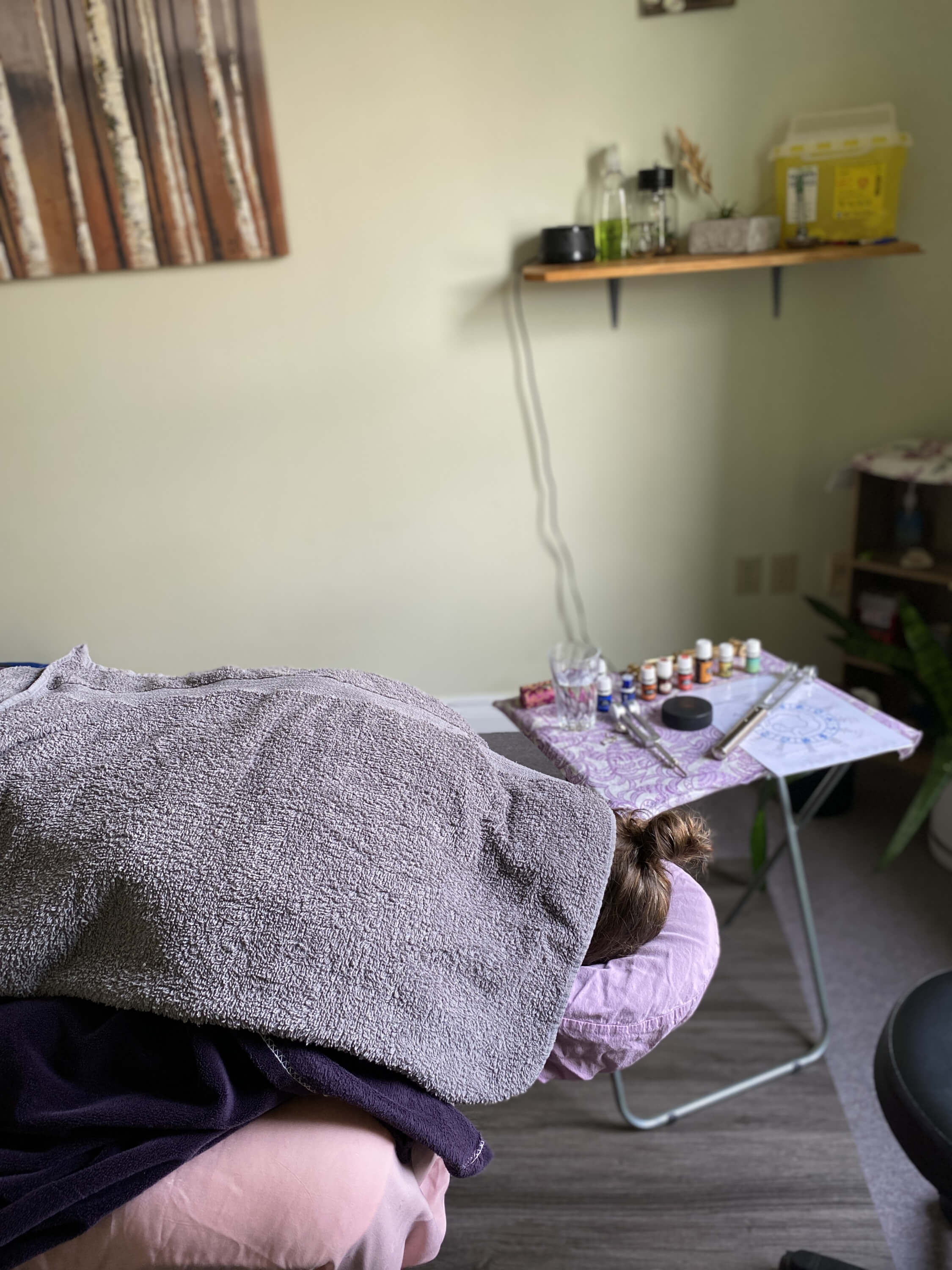
Contraindications
While this technique is generally safe, there are a few instances where this technique is not recommended or requires caution.
* Please READ Carefully before booking
**MS is not a contraindication, however requires slight variation for compress
* Please READ Carefully before booking
**MS is not a contraindication, however requires slight variation for compress
- Drug or alcohol intoxication
- Pacemaker ( check with your Dr)
- Seizure disorder(s) (check with your Dr)
- Bleeding Disorders or use of blood thinners
- Infections
- Removal of hearing aides during session
- Neck mobility or chronic neck pain
- Open Wounds
- Skin Disorders
- Organ Transplant (avoid completely-your body is already working hard to support a foreign item.)
- Pregnancy (check with your Dr)
- Allergy to Metal(for vibrational)
Who is this technique not for?
This technique is not for everyone.
If you have any neck or spinal issues or discomfort in this area, this technique is not for you.
This is a gentle, yet powerful technique for very specific circumstances. Please
This is a gentle, yet powerful technique for very specific circumstances. Please
book your discovery call so we can decide if this technique will support you.
FAQ
Is VRT for everyone?
This technique is a more specialized technique for people who are experiencing a disconnect between their brain and body function.
How often should I book a Raindrop?
This depends on your needs, however many clients benefit from monthly or seasonal sessions.
If your needs are for a specific brain body condition ( like Parkinson's), possibly more frequent would be beneficial
If your needs are for a specific brain body condition ( like Parkinson's), possibly more frequent would be beneficial
Do I need to prepare anything before my first session?
Avoiding alcohol and/or caffeine may also be beneficial is supporting your desired outcome.
Please also check out list of contraindications below.
Please also check out list of contraindications below.
What can I expect post session?
Most people feel relaxed and may go home and rest. Because each person's experience is unique you may feel energized. Generally simply listening to your body is best. For example, if you feel thirsty, then drink(water).
There are times when you may experience other detox signals. Check out my After Care Guide here.
There are times when you may experience other detox signals. Check out my After Care Guide here.
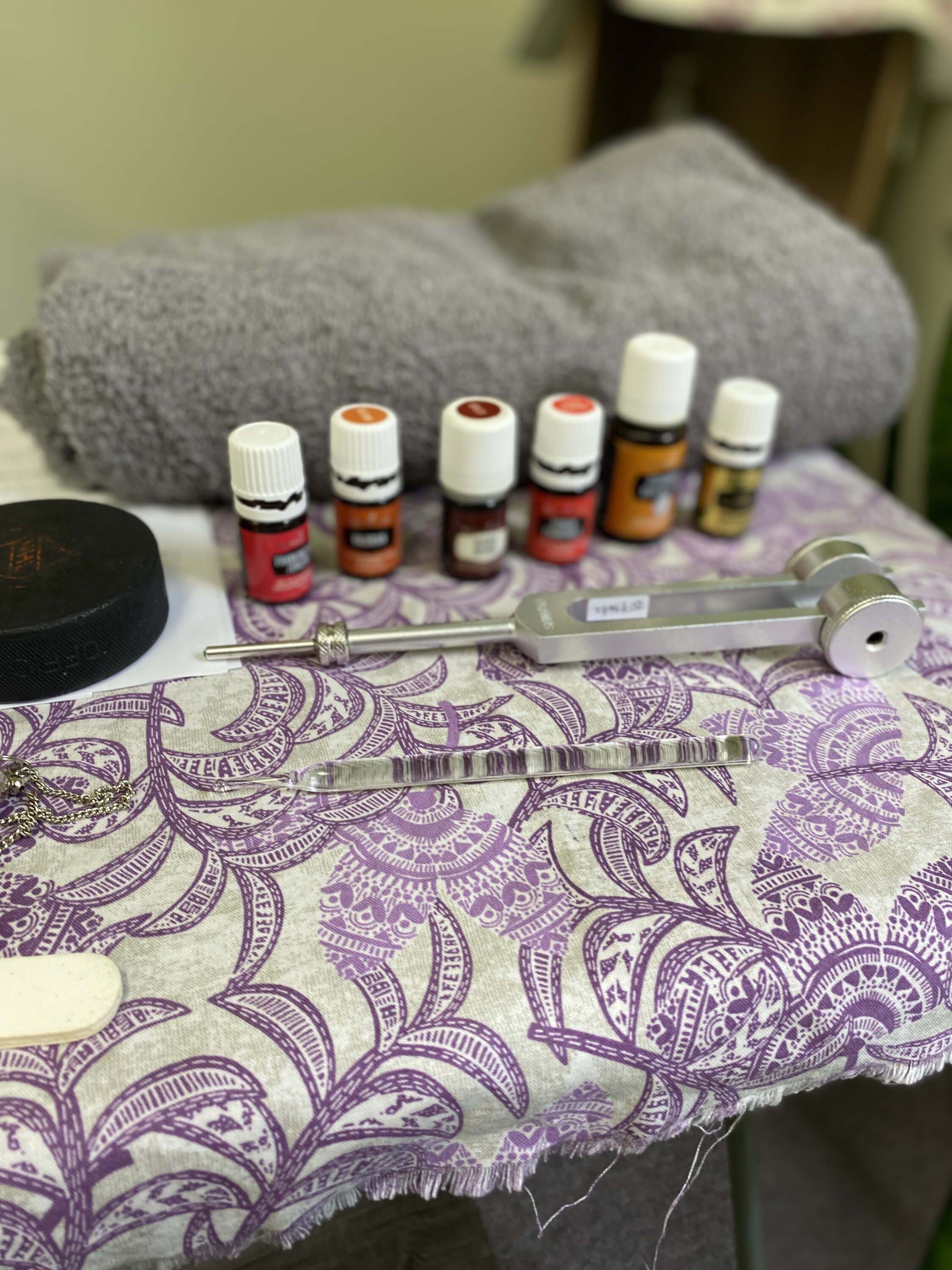
The story behind this technique
Another technique developed by D. Gary Young
NAT (Neuro Auricular Technique) (or may be known by other names) was developed by D. Gary Young.
Contrary to the name, this is not an ear technique as the "auricular" word might imply. This technique involves application of essential oils to the rims of the ears, the back of the skull and along the spine. As with many of Gary Young's techniques, you will find many variations as he was often led intuitively during his sessions.
Originally developed for persons with Parkinson’s Disease the technique now brings relaxation and calmness to many, either with neurological challenges or without.
The purpose of the Neuro-Auricular Technique (NAT) is to reconnect all of the synapses of the brain and upper spine, particularly in the locus coeruleus and vagal ganglia. This is where the "Jump Start" happens. The technique is done by essential oils being applied along the occipital ridge, particularly focusing on the medullar area (center depression at base of skull) and along each vertebra of the cervical spine (the 7 vertebrae between the skull and shoulders that comprise the neck) and continuing down several vertebrae in the thorax area.
Gary Young chose a series of 7 premium essential oils for this technique, mainly for what their constituents could bring in to the bodywork: Frankincense is for balancing and reprogramming. Valerian, Vetiver, Cedarwood, and Sandalwood for oxygenation of the brain and ganglia and for deleting misinformation at the level of cellular DNA. Roman Chamomile for emotional releasing.
The vagus nerve is principally involved with parasympathetic activity, which is largely involuntary and often emotionally connected. It regulates heartbeat, is responsible for the release of tears when crying, controls our digestion and peristalsis of the esophagus and intestines, production of many hormones, including insulin, control of sphincter muscles, ovarian and uterine function, prostate function, and sexual responsiveness. It is the parasympathetic system that functions during healing and is mainly involved with protection, conservation, and restoration of body resources and functions.
My variation takes the technique up a level by adding in harmonics. I typically use a tuning forks instead of the auricular probe. Color light could also be used taking the technique up another level.
My variation takes the technique up a level by adding in harmonics. I typically use a tuning forks instead of the auricular probe. Color light could also be used taking the technique up another level.

*Individual results may vary as each person will have their own unique experience.
I do not treat, diagnose, prescribe or otherwise perform any medical procedure. Seek out your health care provider for support in any of these areas
